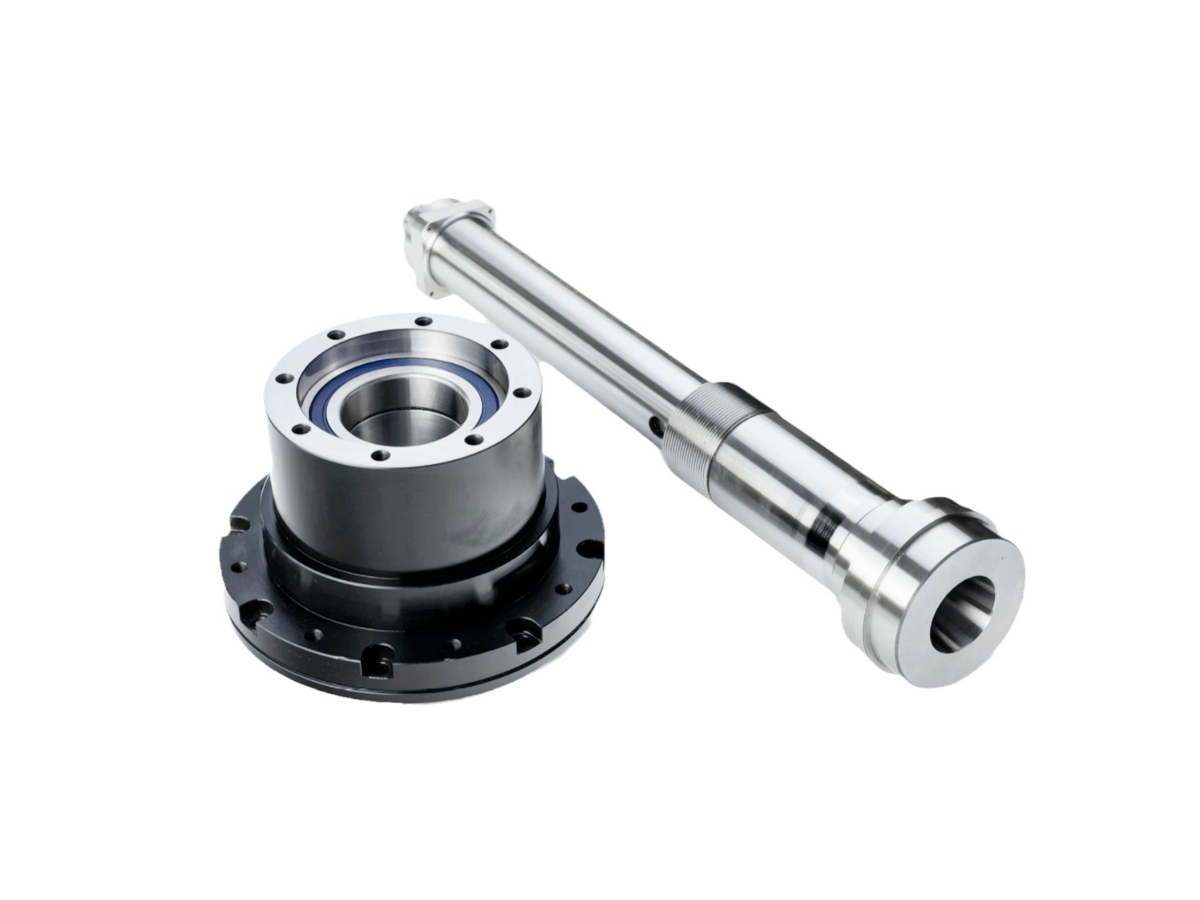CNC Grinding for Nuclear Applications: Enhancing Safety and Performance in Critical Parts
Precision Engineering for Nuclear Safety
Nuclear power components require extreme precision and material integrity to operate in high-radiation, high-temperature environments. CNC grinding services achieve ±0.001mm tolerances and Ra 0.05μm surface finishes on reactor-grade alloys, critical for maintaining containment integrity and thermal efficiency. Over 90% of nuclear pressure vessel components utilize specialized steels and nickel alloys to meet ASME BPVC Section III standards.
The transition to Generation IV reactors demands 5-axis CNC grinding for complex geometries like helical coil steam generator tubes, reducing flow resistance by 25% while adhering to 10 CFR 50 Appendix B quality assurance requirements.
Material Selection: Radiation-Resistant Alloys
Material | Key Metrics | Nuclear Applications | Limitations |
|---|---|---|---|
1,300 MPa UTS @650°C | Control rod drive mechanisms | Requires solution annealing post-machining | |
550 MPa UTS, -40°C impact toughness | Reactor pressure vessel shells | Limited to 350°C operating temperatures | |
500 MPa UTS, low neutron absorption | Fuel rod cladding | Requires autoclave testing for hydride resistance | |
515 MPa UTS, 0.02% max N | Primary coolant system piping | Sensitive to chloride stress corrosion |
Material Selection Protocol
Reactor Core Components
Rationale: Inconel 718 maintains 85% yield strength at 700°C, meeting NUREG-0800 for control rod housings. Post-grinding liquid penetrant testing ensures defect-free surfaces.
Validation: ASME III Class 1 requirements mandate <0.1mm surface irregularities.
Containment Systems
Logic: SA-508 steel achieves 200 J Charpy impact strength at -30°C for pressure vessel integrity (per 10 CFR 50).
CNC Grinding Process Optimization
Process | Technical Specifications | Nuclear Applications | Advantages |
|---|---|---|---|
0.0005mm flatness, Ra 0.04μm | Reactor flange sealing surfaces | Eliminates manual lapping | |
0.001mm roundness, 2,000mm max length | Main coolant pump shafts | Achieves 0.002mm/m straightness | |
50-500mm bore, ±0.003mm diameter | Steam generator tube sheets | Maintains 0.005mm concentricity | |
6mm depth of cut, 0.3m/min feed | Neutron reflector grooves | Reduces thermal distortion by 80% |
Process Strategy for Control Rod Housings
Rough Grinding: CBN wheels remove 1.2mm stock at 100 m/sec under high-pressure coolant.
Stress Relief: 620°C × 8h aging (AMS 5662).
Finish Grinding: Electrolytic in-process dressing (ELID) achieves Ra 0.05μm.
Surface Treatment: Electropolishing removes 15μm for stress corrosion cracking resistance.
Surface Engineering: Radiation & Corrosion Resistance
Treatment | Technical Parameters | Nuclear Benefits | Standards |
|---|---|---|---|
Inconel 625 overlay, 1.5mm thickness | Repairs reactor internals | ASME BPVC Section XI | |
140°C/24h in HNO₃ | Zircaloy hydride resistance | ASTM G2/G2M | |
Al₂O₃-40%TiO₂, 0.3mm thickness | Insulates high-temperature valves | ISO 14923 | |
Nitrogen ions @ 100 keV, 1×10¹⁷ ions/cm² | Reduces wear in control rod drives | ASTM F1044 |
Coating Selection Logic
Primary Circuit Components
Solution: Electropolished 316LN achieves Ra 0.1μm to minimize crud deposition (per EPRI GUID-107234).
Spent Fuel Handling
Method: HVOF WC-10Co-4Cr coatings withstand 10⁶ handling cycles in pool environments.
Quality Control: Nuclear Industry Validation
Stage | Critical Parameters | Methodology | Equipment | Standards |
|---|---|---|---|---|
Material Certification | Co-60 <0.1 Bq/g, U-235 <0.7% | Gamma spectroscopy | CANBERRA Falcon 5000 | 10 CFR 50 Appendix B |
Dimensional Inspection | 0.002mm profile tolerance | Laser tracker + CMM | Leica AT960, Hexagon Global Extreme | ASME Y14.5 |
NDE | 0.05mm defect detection | Phased array UT + radiography | Olympus Omniscan MX3, YXLON FF85 | ASME Section V |
Pressure Testing | 1.25 × design pressure for 30min | Hydrostatic test bench | Curtiss-Wright 10,000PSI | ASME BPVC Section III |
Certifications:
NQA-1 compliant quality assurance program.
ASME III Certificate of Authorization for Nuclear Components.
Industry Applications
Reactor Vessel Flanges: SA-508 Gr.3 + surface grinding (Ra 0.1μm).
Control Rod Assemblies: Inconel 718 + electropolishing (ASTM B912).
Steam Generator Tubes: Alloy 690 + ID grinding (±0.002mm).
Conclusion
Precision nuclear CNC grinding services ensure ASME III Class 1 compliance with 99.99% defect-free production. Integrated one-stop manufacturing reduces lead times by 35% for critical atomic components.
FAQ
Why is Inconel 718 used in control rod mechanisms?
How does electropolishing enhance nuclear safety?
What certifications are mandatory for nuclear components?
Can CNC grinding handle irradiated materials?
How to validate radiation resistance in coatings?

